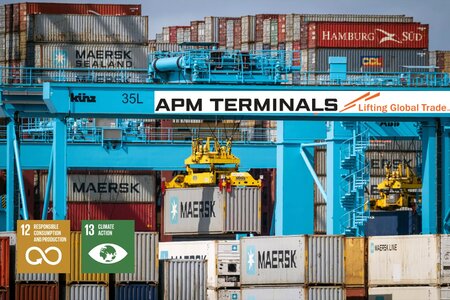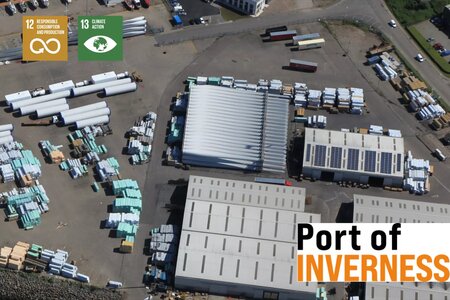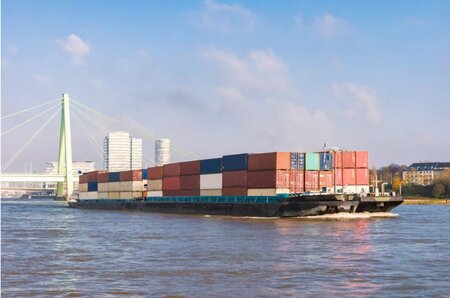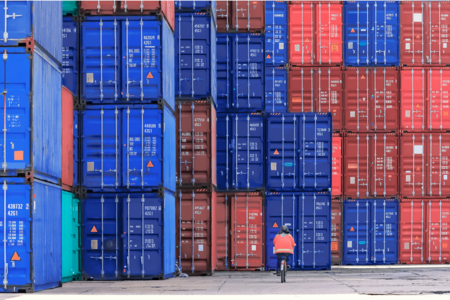How to reduce your emissions and move closer to net zero
As nations around the globe ramp up action their against climate change and move their economies towards net-zero greenhouse gas (GHG) emissions, new practices, opportunities and indeed challenges are likely to arise for their respective ports and logistics operations. However, every journey will be unique, knowing what to consider and where to start will be starkly different for a freight forwarder versus a port or container terminal.
Many competing factors will be taken into account when looking at your transition to net zero, budgets, regulation and commercials amongst others will play their part. The need to derive the maximum benefit and identify the most cost effective option is clear to us. As a Club we are in a unique position to bring the best industry practices to our Members, helping them create clear strategies to transition to net zero regardless of their size or resources available.
What is net zero?
Net Zero in simple terms refers to the balancing act between the amount of GHG that is produced and the amount that is removed from the atmosphere. Net Zero or this ‘balancing act’ can be achieved through a combination of the reduction of emission and emission removal and has 4 key components based on the Corporate Net-Zero Standard.
- Prioritise rapid, deep emission reductions by setting near-term targets
- Set long-term targets
- Neutralise residual emissions
- Climate finance beyond the value chain
Contact us
Greenhouse Gas Protocol
Scope 1, 2 & 3 emissions explained
The term ‘scope 1, 2 & 3’ first appeared in the Green House Gas Protocol of 2001 and now form the basis for GHG reporting globally. However, these can be thought of in terms of three categories of emissions.
Reducing emissions
While you will likely need to consider capital investment, to pay for alternative fuels to power equipment and vehicles for example, not all emission reducing strategies come at a high cost.
Below you will find variety of case studies with options ranging from low cost technologies through to process changes and driving operational efficiencies, all of which could lead to a significant reduction in emissions.
How could the UN's Sustainable Develop Goals help you reduce emissions?
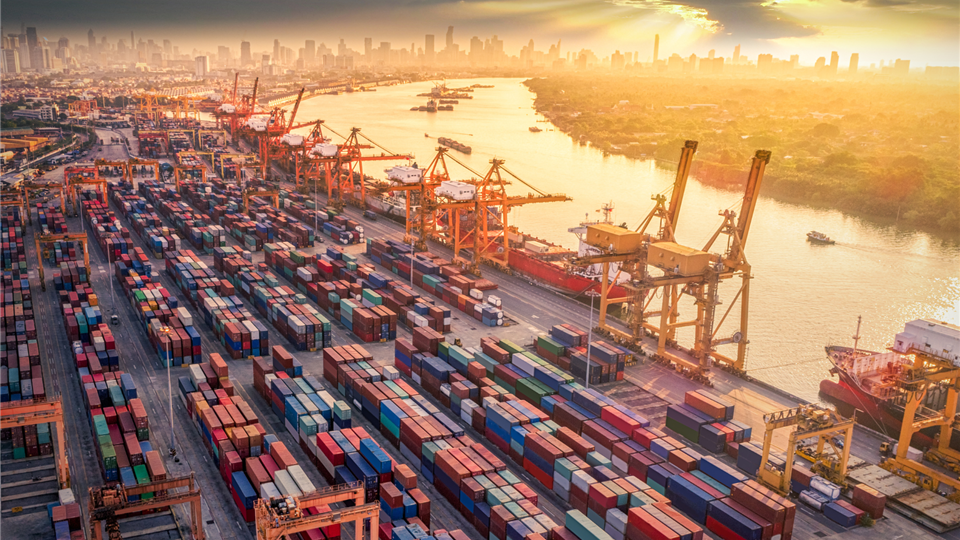
Case studies
Science Based Targets initiative
The Science Based Targets promotes the setting of specific, measurable goals that organisations set to reduce their greenhouse gas emissions in alignment with the latest climate science and the global effort to limit global warming.


